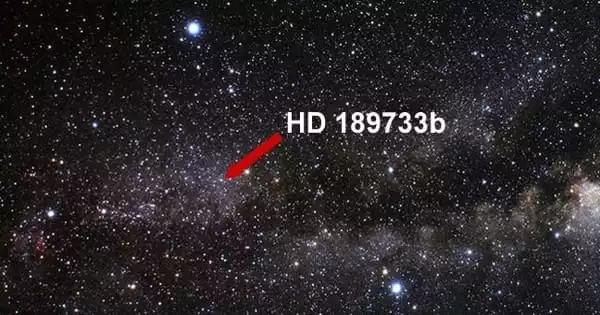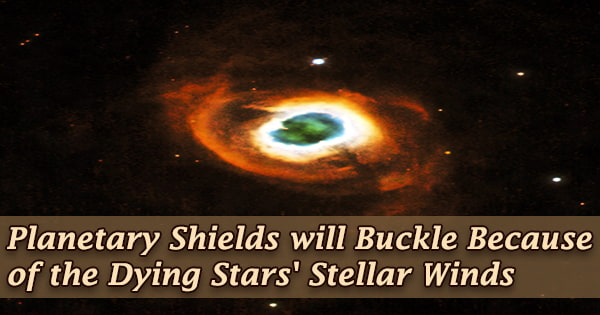HD 189733 b is a gas giant exoplanet in the habitable zone of a K-type star. It is an exoplanet located in the constellation Vulpecula, approximately 64.5 light-years from the Solar System. It has a mass of 1.13 Jupiters, takes 2.2 days to complete one orbit around its star, and is 0.0313 AU away from it. On October 5, 2005, astronomers in France observed the planet transiting across the face of the star HD 189733, and it was discovered orbiting the star.
HD 189733 b, which has a mass 16.2 percent greater than Jupiter and a radius 13.8 percent greater, orbits its host star once every 2.2 days at an orbital speed of 152.5 kilometers per second (341,000 miles per hour), making it a hot Jupiter with poor prospects for extraterrestrial life.
Because HD 189733 b is the closest transiting hot Jupiter to Earth, its atmosphere is being studied in depth. HD 189733b’s atmosphere has been extensively studied using high- and low-resolution instruments from both the ground and space. HD 189733 b was the first extrasolar planet for which a thermal map was created, as well as the first extrasolar planet to have its overall color determined (deep blue), a transit detected in the X-ray spectrum, and carbon dioxide detected in its atmosphere.
NASA announced in July 2014 the discovery of very dry atmospheres on three exoplanets (HD 189733b, HD 209458b, and WASP-12b) orbiting Sun-like stars.

Physical characteristics
This planet has one of the largest photometric transit depths (the amount of light blocked by the parent star) of any extrasolar planet ever observed, at around 3%. The apparent longitude of its ascending node in its orbit is 16 degrees +/- 8 degrees north-south in our sky. It and HD 209458 b were the first two planets to be directly observed spectroscopically. Because the parent stars of these two planets are the brightest transiting-planet host stars, astronomers will continue to focus on them. This planet, like most hot Jupiters, is thought to be tidally locked to its parent star, which means it has a permanent day and night cycle.
The planet is not oblate, and neither it nor its satellites have a radius greater than 0.8 the radius of Earth, nor does it have a ring system like Saturn’s. The international team, led by Svetlana Berdyugina of Zurich University of Technology, was able to directly see the polarized light reflected from the planet by using the Swedish 60-centimeter telescope KVA, which is located in Spain. The polarization indicates that the scattering atmosphere is significantly larger (> 30%) than the planet’s opaque body seen during transits.
Infrared images show an infrared haze formed by atmospheric condensates 1,000 kilometers (620 miles) above the surface. A sunset seen from that vantage point would be red. Tinetti 2007 predicted sodium and potassium signals. Initially obscured by condensate haze, sodium was eventually detected at three times the concentration of HD 209458 b’s sodium layer. Potassium was also discovered in 2020, albeit in much lower concentrations. HD 189733 is also the first extrasolar planet whose atmosphere has been confirmed to contain carbon dioxide.
















